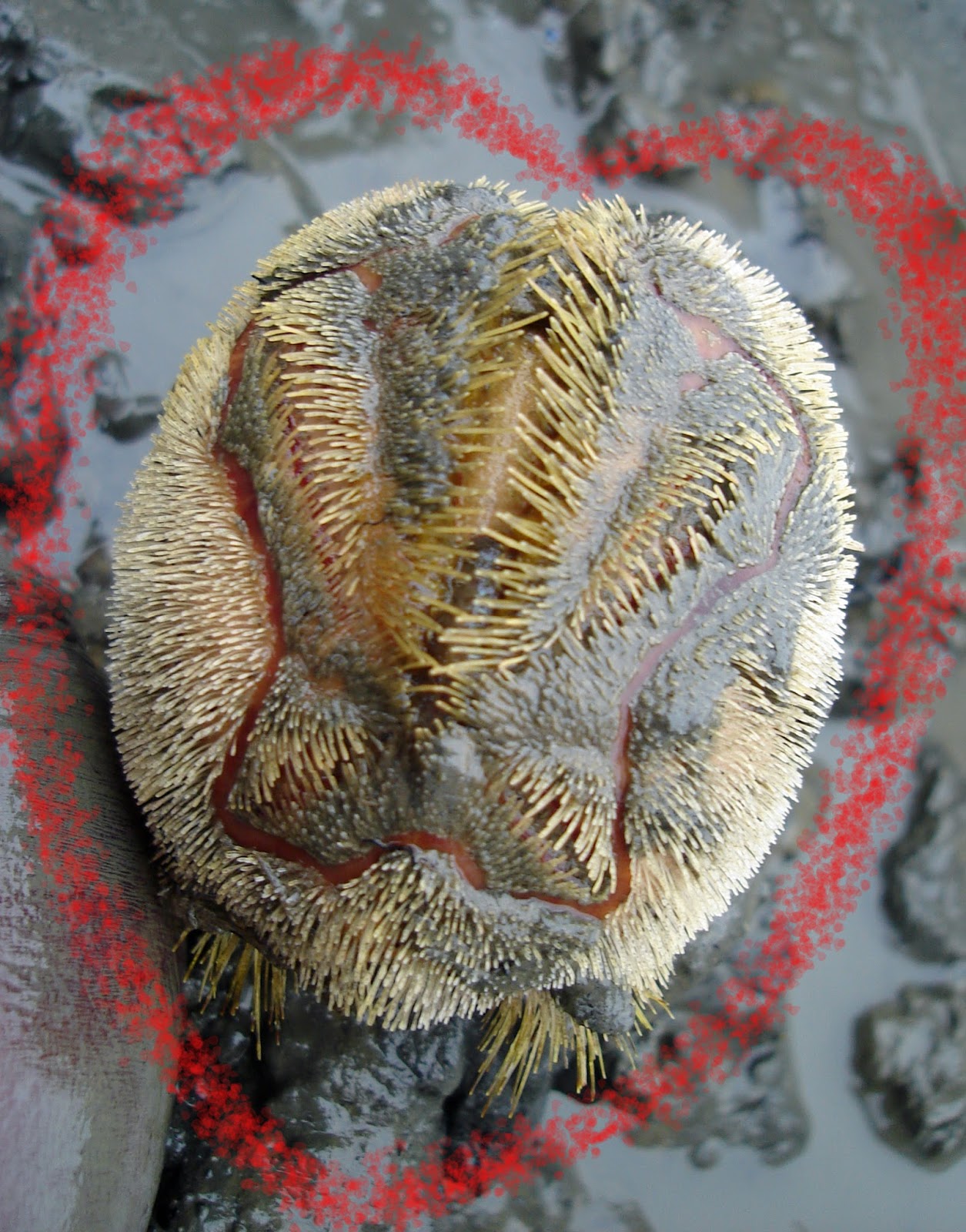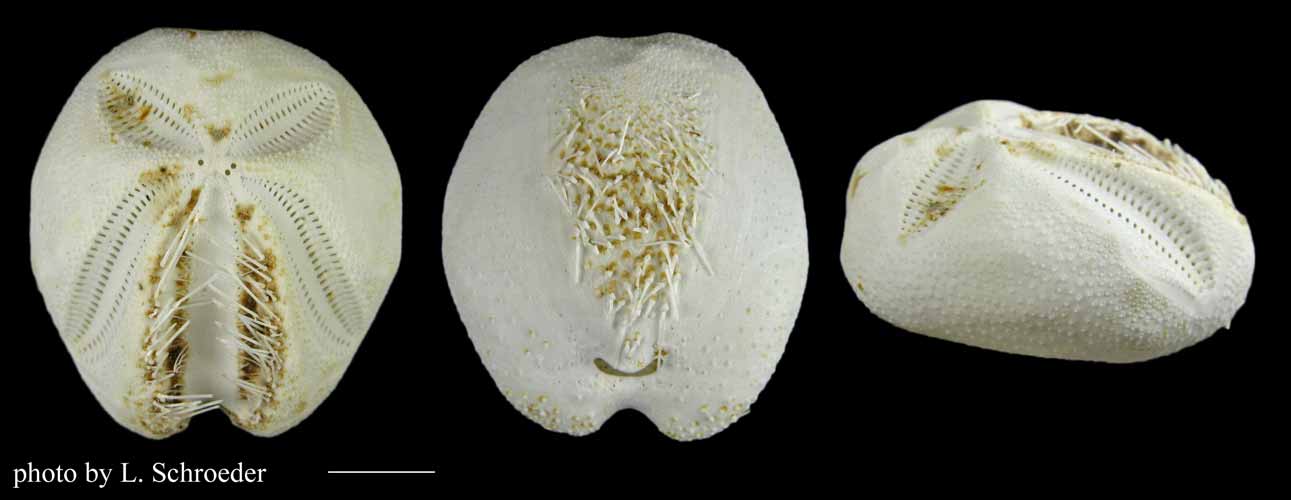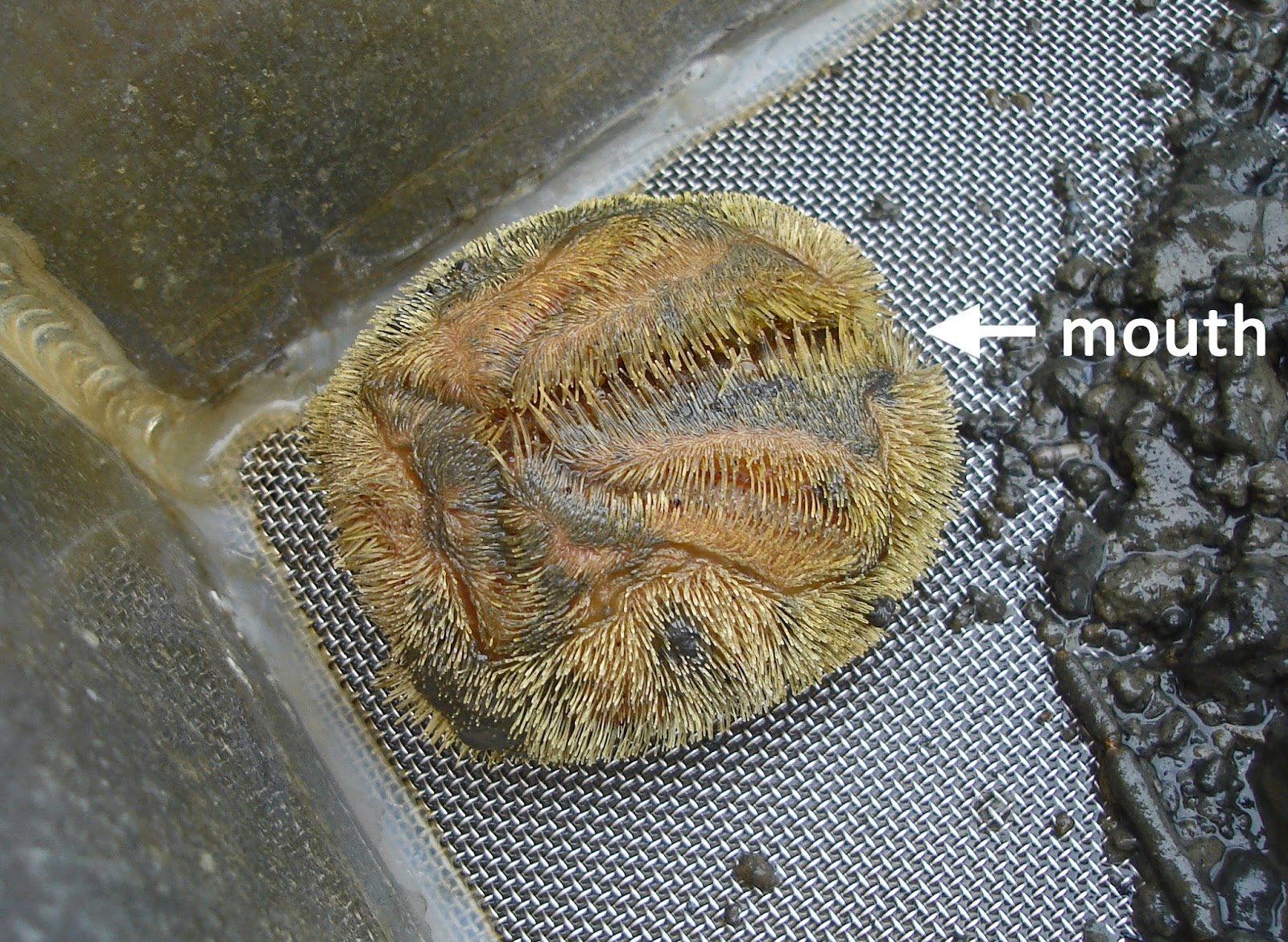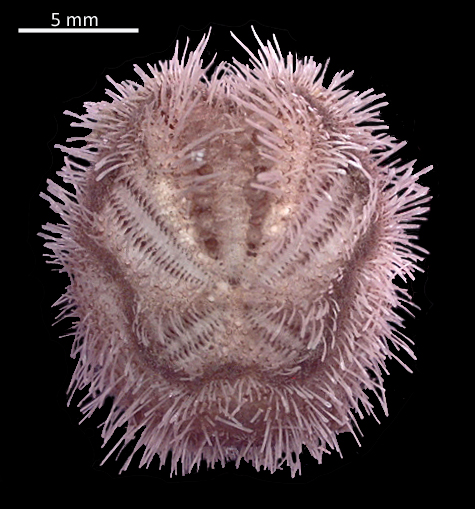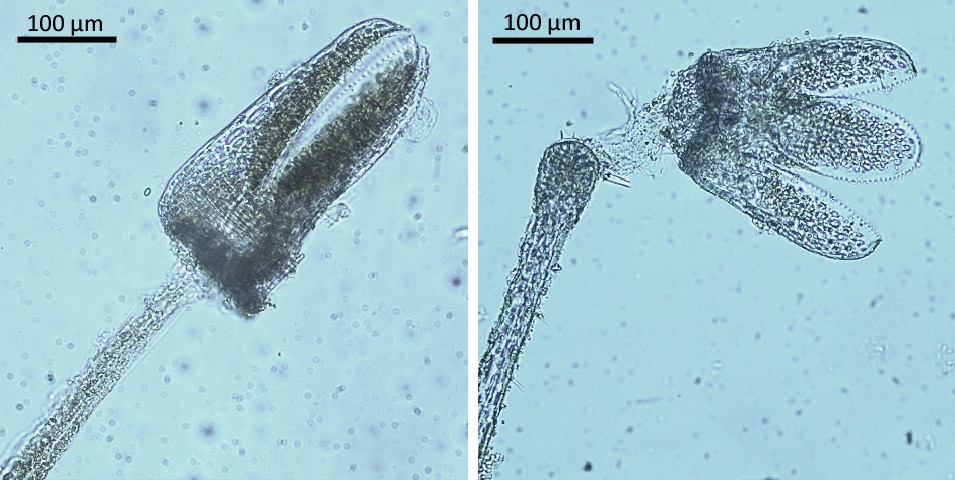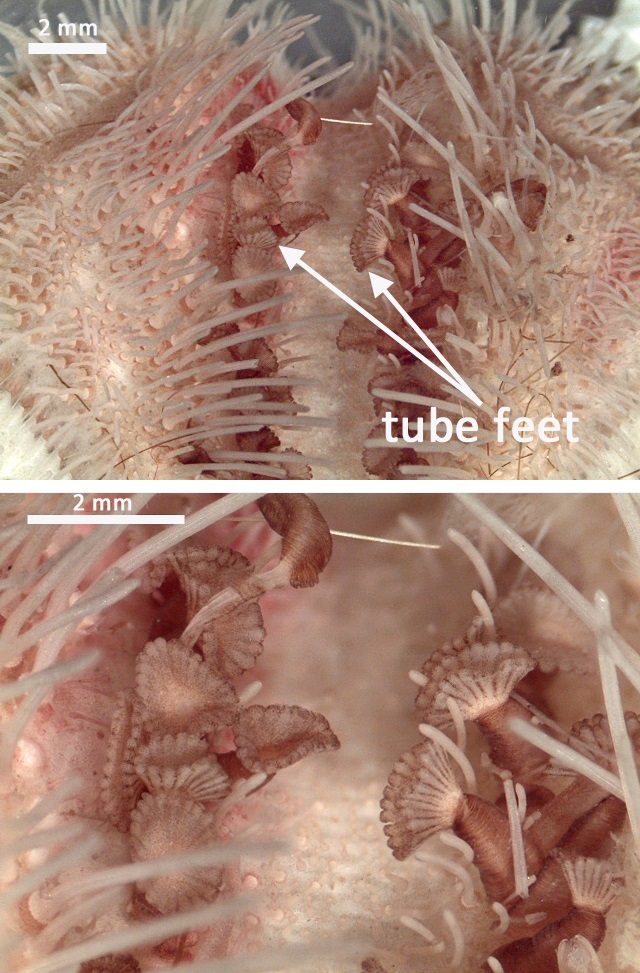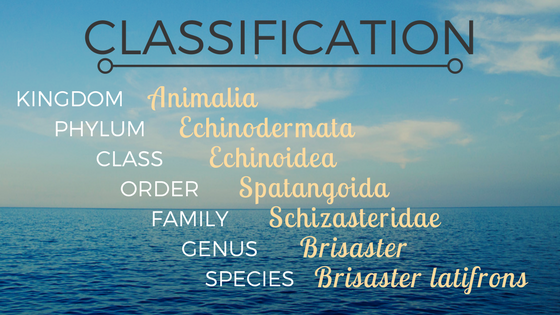During the time of year when candies and valentines are everywhere you look, it is only fitting that we present to you the most romantic creature in Puget Sound as February’s critter: the heart urchin.
Happy Valentine's Day from this adult specimen of Brisaster latifrons collected from Puget Sound.
The shape of my heart
A living heart urchin is brownish in color, with its many spines giving it a furry appearance. Once the animal dies, however, the spines fall off, leaving the smooth white external shell, or test, exposed. The heart urchin test is made up of hundreds of hard interlocking plates, but it is actually quite brittle in dead specimens, which is why you will hardly ever find one washed up on the beach.
How deep is your love?
Brisaster latifrons, freshly collected by our team from Puget Sound sediments.
Only one species of heart urchin, Brisaster latifrons, occurs in Puget Sound, and it is also the most common sea urchin we encounter during our sediment monitoring. B. latifrons can be found from Alaska to southern California, inhabiting soft muddy bottoms in deeper water depths of 51 – 1,166 meters (although Puget Sound depths only reach about 300 meters).
Growing up to 73 mm, the heart urchin is a fun and welcome sight in our sediment grabs. We just have to handle their fragile outer shells carefully — we don’t want to break any hearts!
Flower power
This juvenile Brisaster latifrons displays the five petals of the ambulacra on its dorsal
Heart urchins have little in common with flowers, but they do have some surprisingly flower-like features. For example, underneath their spines are five flower petal-shaped outlines called the ambulacra.
The pedicillariae are another type of flower-like appendage that stick out of the test. They have serrated claw-like pincers that open and close at the end of their long stalks. They use these pincers for a variety of functions like defense, capturing food, parasite removal and more! When the pincers are open, they resemble flower blossoms, and when closed, they look like tulips. Now that’s a bouquet I’d like to give to my ex-boyfriend.
Close-up of the pedicillariae showing the claw-like pincers closed
Eat your heart out
Top: Tube feet come out of the pores that make up the ambulacra petal outline. Bottom: Close-up of the tube feet.
Like other sea urchins, heart urchins have tube feet— slender tubes with suction cups on the ends that extend from pores in the ambulacra petals. These amazing feet serve multiple functions:
- Feeding: As the urchin burrows slowly through the mud, it ingests sediment and delicious organic matter along the way (this is called “deposit feeding”). The tube feet help by delivering food particles to the mouth.
- Locomotion: Thousands of tube feet work together at the same time to move the heart urchin wherever it needs to go. As the urchin moves along, the tube feet act like feelers or antennae to sense its surroundings.
- Respiration: Heart urchins primarily live in the mud. Modified tube feet that stick out above the mud’s surface act as a kind of snorkel to allow the urchins to obtain oxygen.
We hope after reading this blog, you too have fallen in love with the heart urchins.


